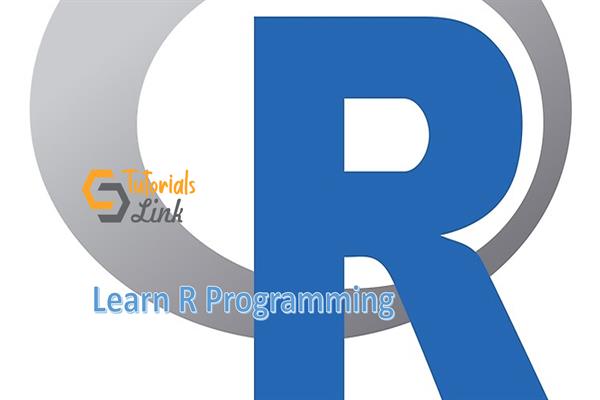Introduction to R Programming| R Tutorials
This is a Programing R Tutorials with a list of R chapters.
First, we have to know what R is, and this a commonly asked question about R Programming:
What is R Programming?
- R is an environment that helps in data manipulation, statistical computing, graphics display, and data analysis.
- Effective data handling and output storage are also possible using R.
- In R, all types of calculations whether they are simple or complicated are possible.
Per Wiki: R is a programming language and free software environment for statistical computing and graphics supported by the R Foundation for Statistical Computing. The R language is widely used among statisticians and data miners for developing statistical software and data analysis. Polls, data mining surveys, and studies of scholarly literature databases show substantial increases in popularity, as of January 2021, R ranks 9th in the TIOBE index, a measure of the popularity of programming languages.
Know more about R Programming:
- Designed by: Ross Ihaka and Robert Gentleman
- Developers: R Core Team
- First appeared: August 1993;
- Stable release: 4.0.4 / 15 February 2021; (on Feb 2021)
- Typing discipline: Dynamic
- License: GNU GPL v2
- Website: www.r-project.org
- Filename extensions used in R:
- .r
- .rdata
- .rds
- .rda
Switching to R Prograaming?
Key reasons why many people, researchers, design offices, and analytical firms have started using R:
- R is free (open source) software and available for all platforms (Windows, Linux, MAC OS).
- Many statistical packages are freely available and many more built-in and contributed packages, and users are also provided with tools to make their own packages.
- It has a statistical computing environment, R language is convenient to use, commands can be saved, run, and stored in script files.
- R is an interpreted computer language.
- When we use the command-line interface, each command or expression is evaluated Is typed at the command prompt and immediately evaluated when the enter key is pressed at the end of a syntactically complete statement





